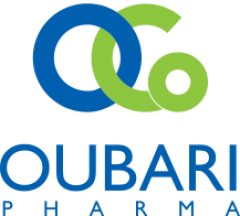This article defines elder abuse and describes its main categories. Risk factors and predictive indicators are discussed to help professionals identify older individuals who could be vulnerable. The adult safeguarding procedure, as defined by the UK Care Act 2014, is outlined, alongside the importance of a multidisciplinary approach to, as well as shared responsibility for, older adults at risk.
Author: admin
Practical advice for prescribing in old age
Optimizing drug therapy is an essential part of caring for older people. Prescribing in this group has unique challenges because of high interindividual variability in pharmacological response and homeostatic mechanisms, and the fact that frailty, rather than age, predicts physiological responses to external stimuli. The effects of drugs and how they are handled by the body change with increasing age. With decreasing life expectancy, drugs used for secondary prevention might not be appropriate, particularly where their adverse effects impair quality of life.
How to Avoid a Surprise Bill for Your Coronavirus Test
Get tested at a public facility. Question what services are being provided. And know your rights under federal law.
When It Comes to Living With Uncertainty, Michael J. Fox Is a Pro
In his fourth memoir, “No Time Like the Future,” the actor and activist opens up about his newfound, uniquely upbeat brand of pessimism.
When Medicare Choices Get ‘Pretty Crazy,’ Many Seniors Avert Their Eyes
A new study shows that more than half of enrollees don’t review or compare their coverage options annually.
Teacher quality scores change depending on students, school
School districts across the U.S. are increasingly using student test scores to rate the effectiveness of teachers, but a new study found that the scores have less to do with individual teachers and more to do with their students and the schools.
Once-discounted binding mechanism may be key to targeting viruses
Researchers detail subtle stabilizing effects in cells’ ability to recognize coronaviruses that compromise the immune system. The discovery could lead to new targets to prevent disease.
Novel insights on cellular suicide could provide new avenues for cancer therapies
When it comes to complex life — that of the multicellular variety — cell death can be just as important as survival. It allows organisms to clean house and prevent the proliferation of damaged cells that could compromise tissue function.
Chemists discover the structure of a key coronavirus protein
Chemists have determined the molecular structure of a protein found in the SARS-CoV-2 virus. This protein forms a cation-selective channel and plays a key role in the virus’s ability to replicate itself. If researchers could devise ways to block this channel, they may be able to reduce the pathogenicity of the virus and interfere with viral replication.
Exercise classes can reduce loneliness, social isolation in seniors
Seniors who joined group exercise classes experienced decreased loneliness and social isolation, according to a new study conducted before the COVID-19 pandemic. The classes have continued virtually since March, and early results suggest the online versions are also effective.

